Cultural heritage and culinary traditions often intersect with modern ethical considerations about animal welfare. Around the world, traditional dishes that have been celebrated for generations are increasingly scrutinized through the lens of animal ethics. These debates touch on fundamental questions about cultural preservation, animal suffering, environmental sustainability, and evolving moral standards. The following ten traditional dishes highlight these complex ethical tensions, offering insight into how societies are navigating the sometimes uncomfortable space between honoring culinary heritage and addressing contemporary ethical concerns.
Foie Gras The Ethical Implications of Force-Feeding
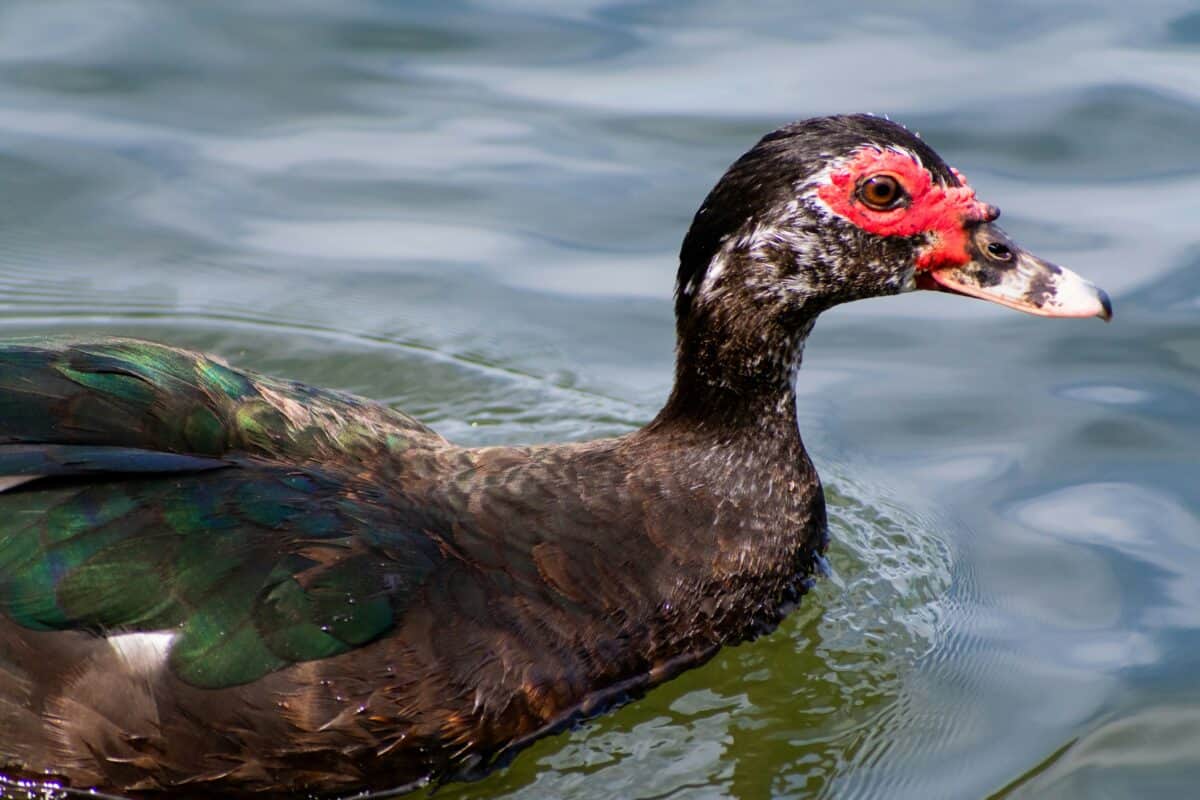
Foie gras, a French delicacy dating back to ancient Egypt, involves force-feeding ducks or geese to enlarge their livers, creating a rich, buttery texture prized by gourmands. The traditional production method, called gavage, has become one of the most contentious issues in culinary ethics. Birds are typically force-fed through a tube inserted down their throats multiple times daily for several weeks. Animal welfare advocates argue this process causes significant suffering, including esophageal damage, respiratory distress, and mobility issues. Several countries and jurisdictions, including California, New York City, and the United Kingdom, have enacted bans on either production or sales. Defenders point to studies suggesting that migratory waterfowl naturally gorge and develop enlarged livers, though critics note the extreme intensification of this natural tendency in commercial production. The debate continues to evolve, with some producers attempting more ethical versions with reduced feeding protocols, though many animal ethicists maintain that any forced feeding is inherently problematic.
Shark Fin Soup Tradition Versus Marine Conservation
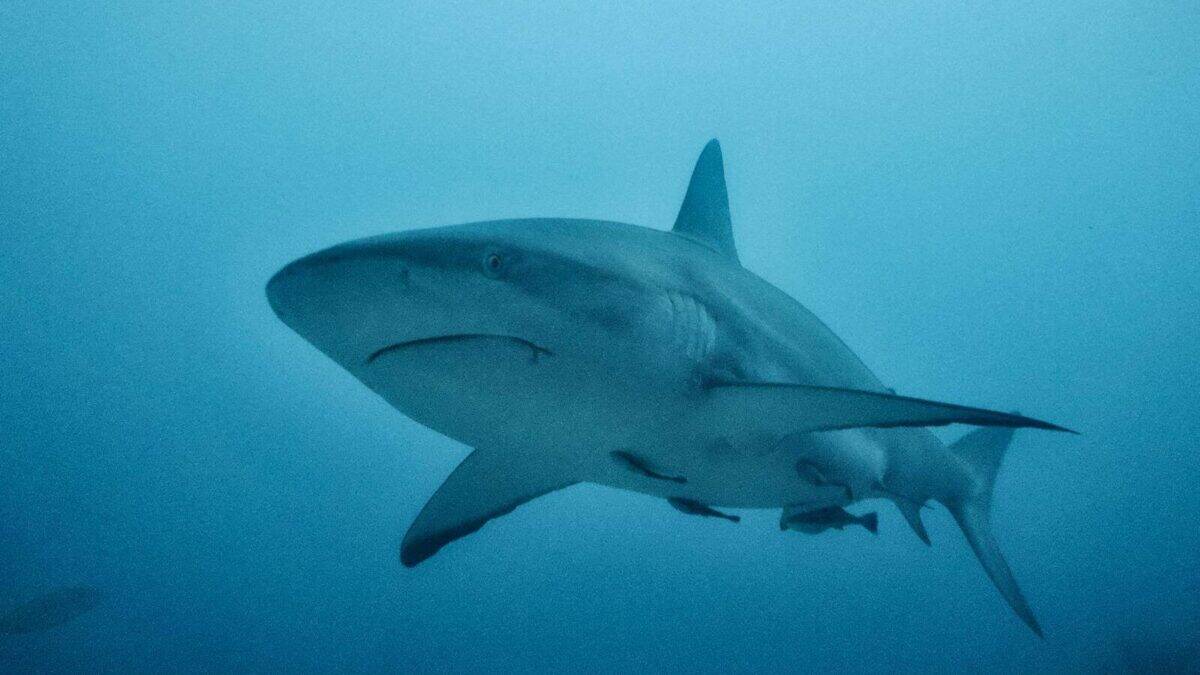
Shark fin soup has been a symbol of wealth and prestige in Chinese banquets for centuries, particularly at weddings and important business dinners. The preparation involves removing fins from sharks and discarding the often still-living animal back into the ocean—a practice called “finning” that has decimated shark populations worldwide. An estimated 73 million sharks are killed annually for their fins, contributing to the endangered status of many shark species. The ethical debate centers not only on the cruel harvesting method but also on the ecological impact, as sharks are apex predators whose removal disrupts entire marine ecosystems. While defenders cite cultural importance and traditional Chinese medicine beliefs about the fins’ health benefits, scientific evidence for these claims is lacking. International pressure has led to bans in many countries and a declining demand among younger generations in China, with alternatives like artificial shark fin gaining popularity. This dish exemplifies how traditional practices can evolve when presented with new ethical and environmental information.
Ortolan Bunting The Tiny Bird That Creates Enormous Controversy

The consumption of ortolan buntings, small songbirds traditional in French cuisine, represents perhaps the most ritualized ethical controversy in Western gastronomy. The traditional preparation involves capturing the birds, force-feeding them, drowning them in Armagnac, and then roasting them whole. Diners traditionally eat the entire bird in one bite while covering their heads with a napkin—allegedly to hide the shameful act from God, though some claim it’s to keep the aromas from escaping. This practice has been illegal in France since 1999 due to the bird’s endangered status, though underground consumption persists. Beyond the endangered species concerns, the ethics of the preparation method itself raises questions about proportionality—extensive suffering for a momentary culinary experience. Former French President François Mitterrand famously ate ortolan as his last meal, highlighting how deeply this tradition is embedded in French cultural identity. The dish exemplifies how sometimes the most contested culinary traditions are those elevated to almost spiritual significance within their cultures.
Ikizukuri The Ethics of Live Seafood Preparation
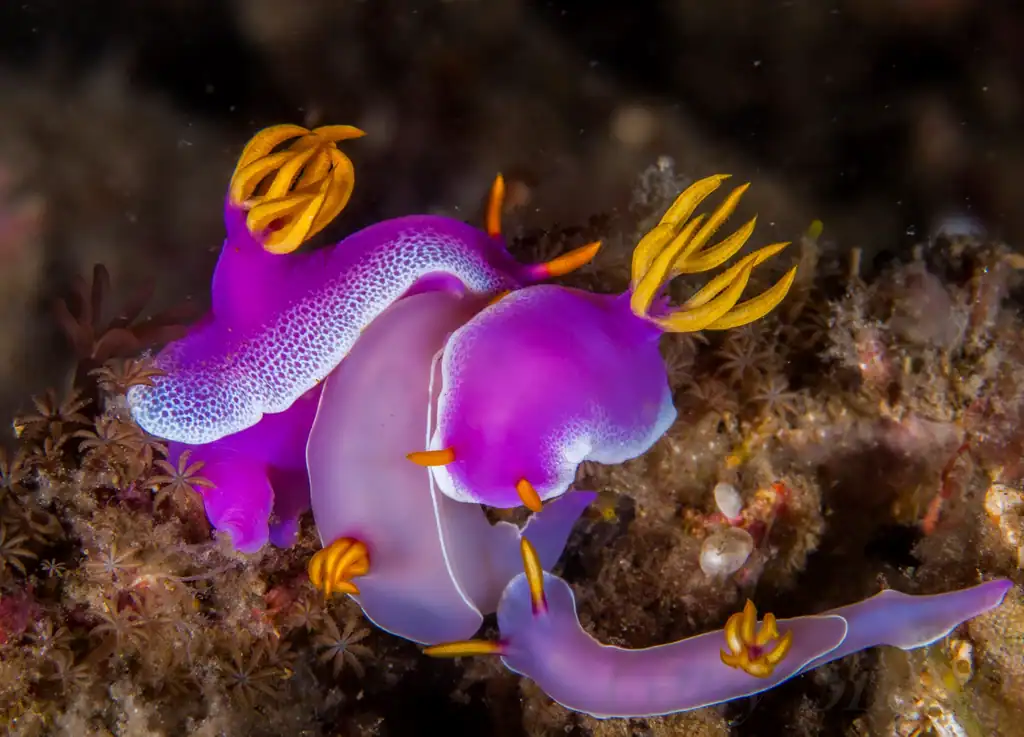
Ikizukuri, meaning “prepared alive,” is a Japanese culinary technique where seafood is served so fresh that the animal is still moving when presented to diners. Typically, a fish or octopus is filleted while alive, with its heart still beating, then reassembled on the plate to appear whole with the flesh artfully arranged. In Korea, a similar dish called sannakji consists of octopus tentacles served while still wriggling. The ethical debate centers on whether marine animals feel pain and suffer during such preparations. Recent scientific research increasingly suggests that octopuses, in particular, possess advanced cognitive abilities and pain reception, leading some neuroscientists to advocate for their humane treatment. Several countries, including Germany and Australia, have restricted these practices based on animal welfare concerns. Cultural defenders argue that the practice emphasizes the Japanese value of freshness and connection to food sources, while critics question whether momentary gustatory pleasure justifies potential suffering. The dish highlights how scientific understanding of animal sentience continues to reshape ethical boundaries around traditional practices.
Balut Developing Embryos as Delicacies
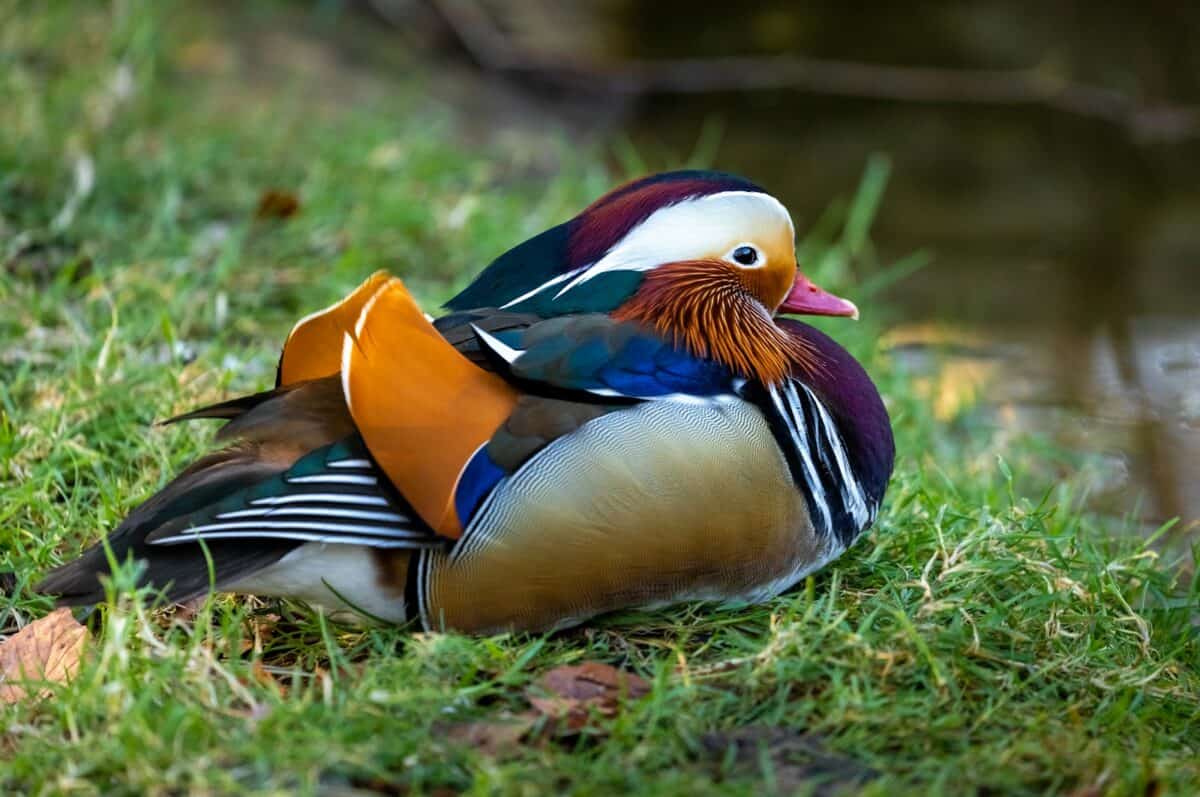
Balut, a fertilized duck egg with a partially developed embryo, is consumed throughout Southeast Asia but particularly associated with Filipino cuisine. Typically eaten when the embryo is 17-21 days old—developed enough to show recognizable features like beaks, feathers, and bones—the egg is boiled and eaten directly from the shell. The ethical debate surrounding balut touches on questions about when life begins and whether consuming a developing embryo differs morally from eating fully formed animals. Western visitors often experience strong visceral reactions to balut, highlighting how cultural conditioning shapes our ethical intuitions about food. For many Filipinos, balut represents not just nutrition but cultural identity and has historically provided affordable protein in economically challenging circumstances. The dish also raises questions about ethical consistency—why many cultures accept eating eggs but find balut disturbing. Some animal rights philosophers argue that while the embryo may have developed sensory capabilities, the quick cooking process minimizes potential suffering compared to conventional meat production. Balut exemplifies how deeply intertwined food ethics are with cultural perspectives and emotional responses.
Veal The Ethical Implications of Young Animal Consumption
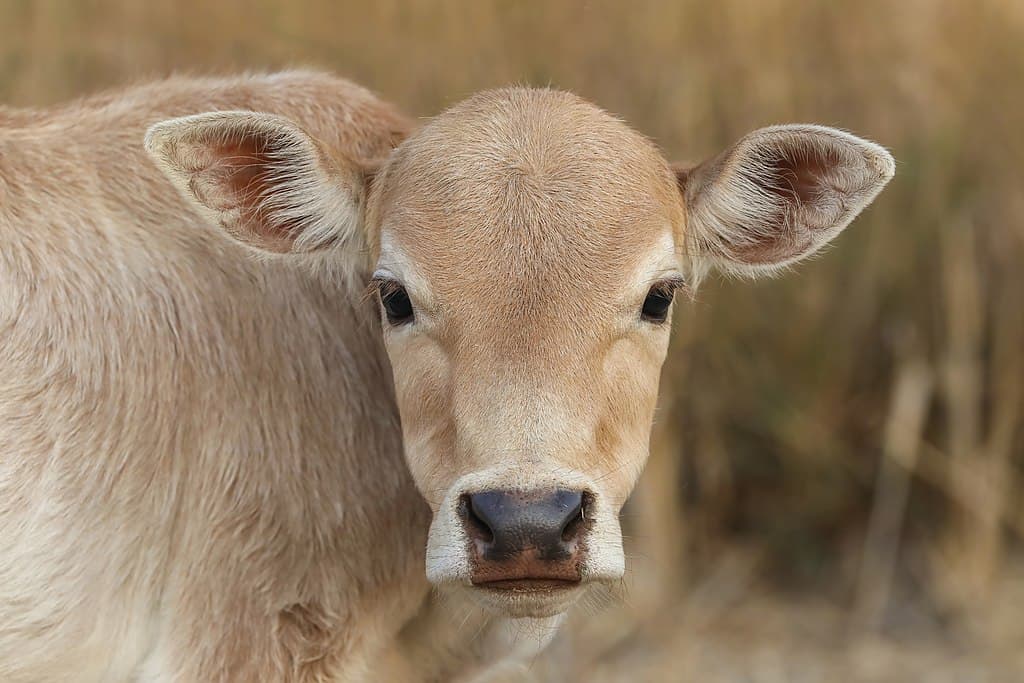
Veal, meat from young calves typically 16-18 weeks old, has been a staple in European cuisine for centuries, prized for its tenderness and delicate flavor. Traditional production methods, particularly for “white veal,” involved confining calves in small crates without exercise, feeding them an iron-deficient milk diet to maintain pale meat, and preventing normal behaviors like turning around or lying comfortably. These practices led to veal becoming one of the first targets of modern animal welfare movements in the 1980s. Today, ethical debates continue even with improved production standards. Many dairy industry calves, particularly males who cannot produce milk, still become veal, creating a complex ethical relationship between dairy consumption and veal production. Alternative production systems like “rose veal” or “pasture-raised veal” attempt to address welfare concerns while maintaining the culinary tradition. The ethical questions extend beyond treatment to whether consuming juvenile animals is inherently more problematic than eating adults, touching on issues of denied life potential. Veal illustrates how consumer awareness can drive welfare improvements while traditional dishes adapt to changing ethical standards.
Haggis Traditional Offal Dishes and Food Waste Ethics
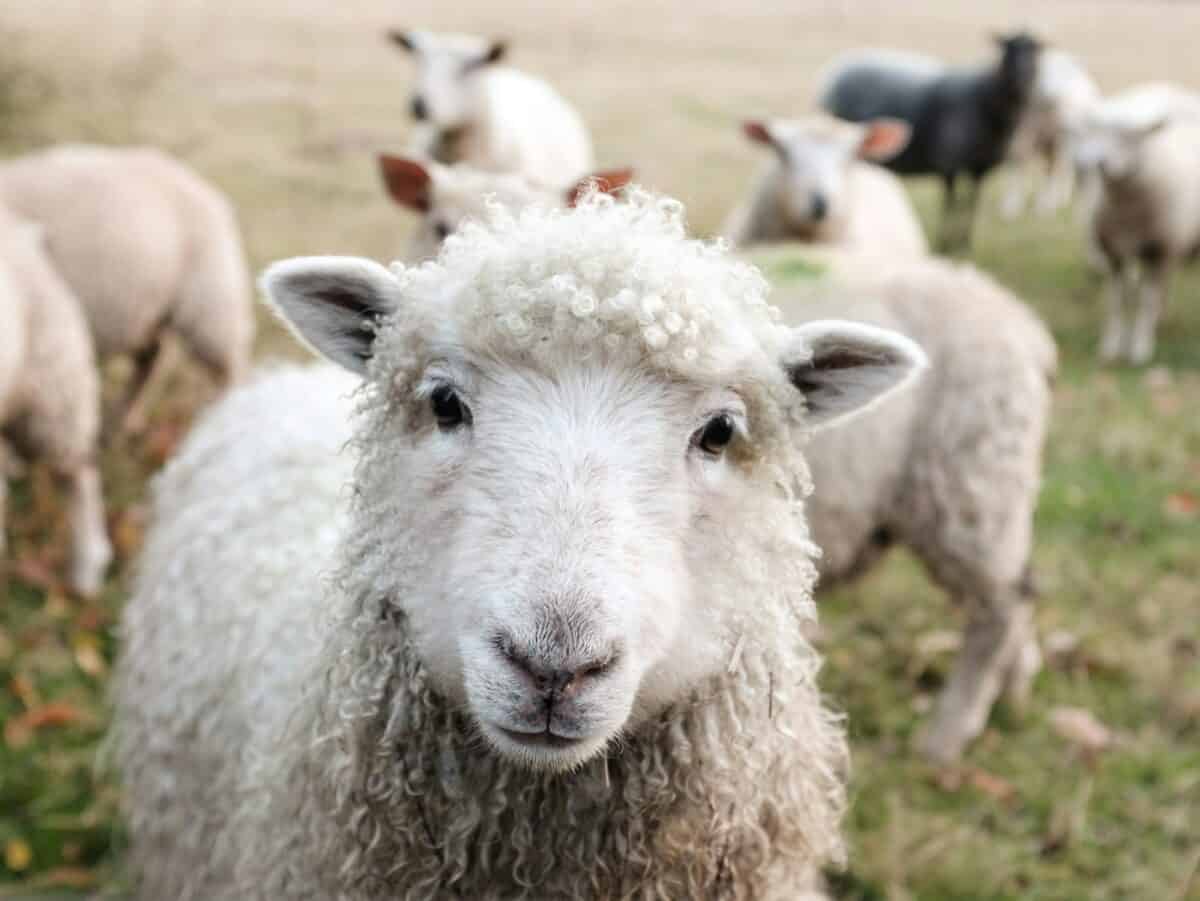
Haggis, Scotland’s national dish, consists of sheep’s heart, liver, and lungs minced with onion, oatmeal, suet, spices, and salt, traditionally encased in the animal’s stomach. While less controversial than some other entries, haggis represents a broader category of traditional offal dishes that use animal parts typically discarded in modern Western food systems. The ethical debate around haggis has evolved from its initial preparation to broader questions about waste and sustainability in meat consumption. Traditional haggis exemplifies the “nose-to-tail” eating philosophy that utilizes the entire animal—a practice increasingly championed by environmental ethicists concerned about food waste. However, traditional preparation sometimes involves lungs, which are banned in countries like the United States due to food safety regulations. The cultural significance of haggis, celebrated on Burns Night with poetry and ceremony, demonstrates how food traditions become intertwined with national identity. The contemporary ethical evaluation increasingly focuses on sourcing—whether organs come from animals raised humanely—rather than the consumption of offal itself. Haggis represents how some traditional dishes may align with certain modern ethical frameworks while challenging others.
Dog Meat Dishes Cultural Traditions and Companion Animal Status

Dog meat consumption, practiced historically in parts of China, Korea, Vietnam, and other countries, represents perhaps the most emotionally charged ethical food debate globally. Dishes like bosintang (dog soup) in Korea or lychee dog meat in the Yulin festival in China have faced increasing international criticism and domestic opposition. The ethical debate centers on the special moral status many cultures assign to dogs as companion animals with high intelligence and emotional capacity. Defenders cite cultural sovereignty and note the inconsistency of Western cultures that condemn dog consumption while eating equally intelligent animals like pigs. Critics point to often inhumane slaughter methods and the belief that dogs’ long domestication history alongside humans creates special obligations. The practice has declined significantly in recent decades, with South Korea closing its largest dog meat market in 2018 and younger generations increasingly viewing dogs as companions rather than food animals. The debate highlights how globalization creates ethical tensions when different cultural conceptions of which animals are appropriate for consumption come into contact. It also raises philosophical questions about whether different species merit different moral consideration based on their relationship with humans.
Casu Marzu When Traditional Methods Raise Safety and Ethical Concerns

Casu marzu, Sardinia’s “maggot cheese,” is made by allowing cheese fly larvae to digest pecorino cheese, creating a soft texture with a distinctive flavor. The cheese contains live maggots that can jump up to six inches when disturbed. While the primary controversy surrounds food safety—the European Union has banned it, though it remains available through informal channels in Sardinia—it also raises ethical questions about insect sentience and culturally specific food taboos. With some consumers preferring to remove the larvae before eating and others consuming them alive, the dish presents questions about whether insects deserve moral consideration given emerging research on invertebrate consciousness. The traditional knowledge embedded in its production—using natural fermentation methods developed over generations—also highlights tensions between cultural preservation and modern food safety standards. As insects increasingly enter Western diets through sustainable protein initiatives, casu marzu sits at an interesting intersection of disgust psychology, traditional food preservation, and evolving understanding of which organisms merit ethical consideration. It demonstrates how food traditions can be simultaneously celebrated as cultural heritage and restricted as public health concerns.
Bluefin Tuna Luxury Consumption and Endangered Species

While not a specific dish, bluefin tuna—particularly as used in high-end sushi and sashimi—represents the ethical complications of consuming threatened species. Prized in Japanese cuisine for its fatty toro belly meat, a single bluefin tuna can sell for millions of dollars at Tokyo’s Tsukiji market auctions. All three bluefin species face population concerns, with Atlantic bluefin having declined by over 80% since 1970. The ethical debate involves balancing cultural culinary traditions against species conservation, with critics arguing that luxury consumption of threatened species is particularly difficult to justify ethically. The situation is complicated by international governance challenges, as migratory tuna cross multiple jurisdictions. Defenders note the cultural significance of tuna in Japanese cuisine, where it has been consumed for centuries and features prominently in celebrations and ceremonial meals. Some chefs and consumers have begun shifting to more sustainable alternatives or supporting tightly regulated bluefin ranching operations. The case of bluefin tuna demonstrates how globalization of both cuisine and ethical concerns creates new pressures on traditional food practices, particularly when environmental impacts become evident.
Pâté de Foie Gras The Ethical Complexities of Luxury Foods

Beyond basic foie gras, pâté de foie gras represents the refined preparation that elevates this controversial ingredient to luxury status. This smooth, buttery spread often combines the fattened liver with other ingredients like truffles, brandy, or port wine, creating a delicacy associated with gourmet French cuisine. The ethical debate extends beyond animal welfare to questions about class and necessity—whether luxury status makes a controversial food practice more ethically problematic since it cannot be justified on grounds of necessity or tradition alone. Some argue that the elevation of foie gras to haute cuisine status has preserved a production method that might otherwise have disappeared, while others contend that luxury status insulates it from ethical scrutiny through associations with refinement and cultural sophistication. The controversy has inspired innovative alternatives, including “faux gras” made from mushrooms or lentils and ethical foie gras attempts using natural feeding methods. France has declared foie gras part of its protected cultural and gastronomic heritage, demonstrating how nations sometimes formalize culinary traditions when they face external ethical criticism. The dish exemplifies how luxury foods often become battlegrounds for competing values of cultural preservation, animal welfare, and evolving ethical standards.
Conclusion: Navigating Tradition and Ethics in a Globalized Food Culture

Traditional dishes that spark animal ethics debates reveal the complex intersection of cultural heritage, moral evolution, scientific understanding, and globalization. These controversies rarely yield simple solutions, instead requiring nuanced approaches that respect both cultural diversity and evolving ethical standards. In many cases, adaptations emerge that preserve culinary traditions while addressing the most pressing ethical concerns—whether through improved production methods, alternative ingredients, or reduced consumption frequency. The global conversation about food ethics continues to evolve as scientific research provides new insights into animal cognition and suffering, environmental impacts become clearer, and cultural exchange exposes people to diverse perspectives on which animals are appropriate for consumption. Finding balance requires acknowledging that food traditions carry deep cultural meaning while recognizing that traditions themselves have always evolved in response to new information, technologies, and ethical considerations.
- 11 Dog Breeds That Rarely Bark - August 22, 2025
- 13 Wild Animals That Only Come Out at Night - August 22, 2025
- 15 Strangest Animal Feeding Habits - August 22, 2025

